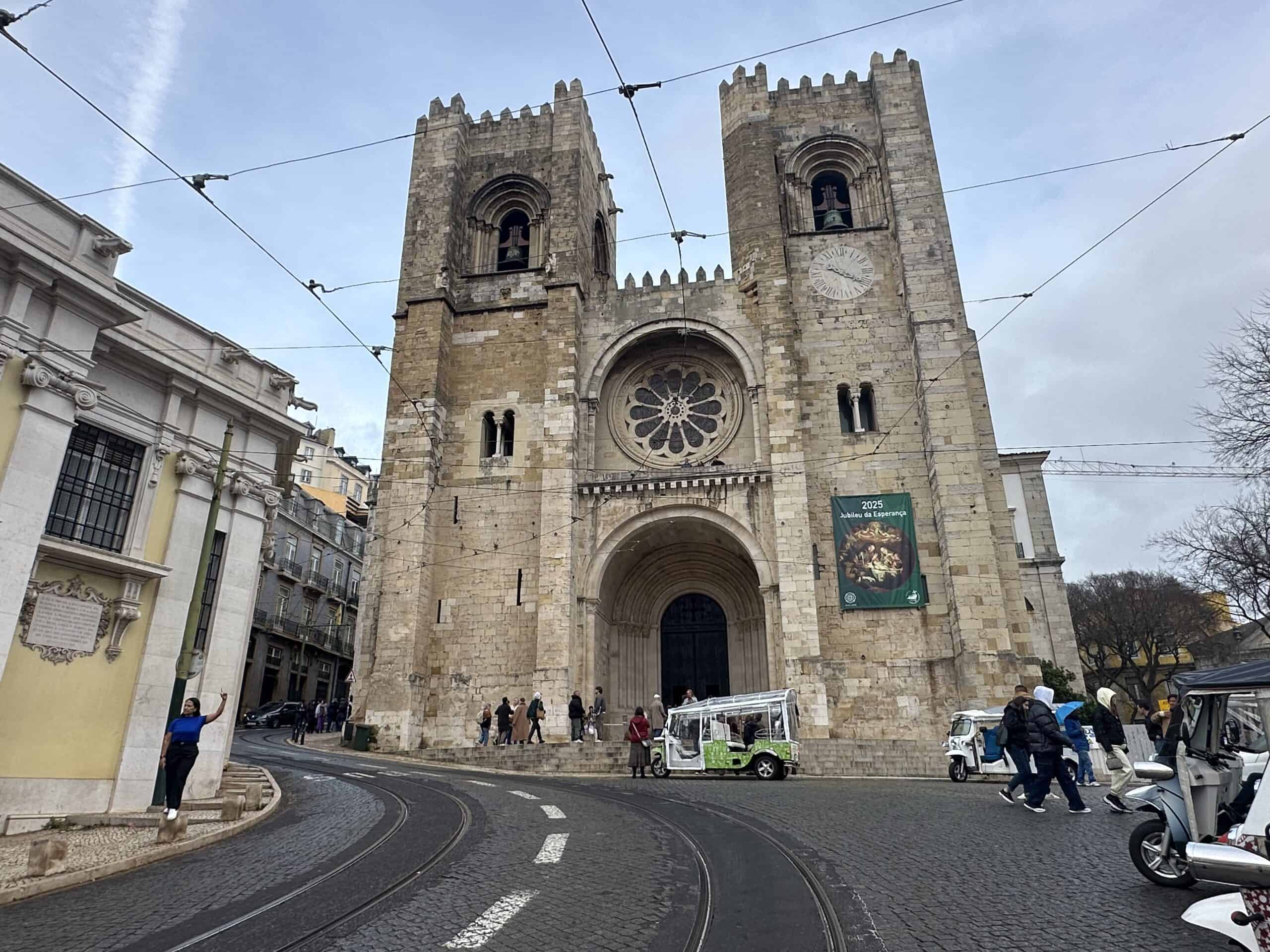
In the heart of the Alfama district, stands the Lisbon Cathedral, called Sé from the abbreviation of Sé Patriarcal (bishopric).
The main Catholic place of worship in the city, it is a Romanesque-Gothic church dating back to the twelfth century.
It was built in 1147 on the ruins of an ancient mosque at the behest of Dom Alfonso Henriques, the first king of Portugal, and has become the symbol of the Christian reconquest.
The original design of the church followed the Romanesque style of the time, but the church was later modified with the addition of Gothic elements following the earthquake of 1344, Baroque decorations in the seventeenth and eighteenth centuries and partially renovated after the earthquake of 1755.
Other noteworthy works that can be admired inside the cathedral are various sarcophagi including that of Bartholomew Koanes (founder of a city hospice) from the eighteenth century and the tombs of King Alfonso IV and Queen Dona Brites.
On the outside, the cathedral is characterized by twin towers that give it the appearance of a medieval castle and a Romanesque-style façade with an imposing central rose window.
The interior of the cathedral has a Latin cross plan, with three naves, and Baroque-style decorations dating back to the eighteenth century.
At the top of the Lisbon Cathedral, in the sacristy, you can visit the treasury, where you will find different religious objects such as costumes, jewelry and memorabilia from different eras. In these rooms it is forbidden to take photographs.
In the central nave there is also the baptismal font in which the Portuguese St. Anthony of Padua was baptized.


















